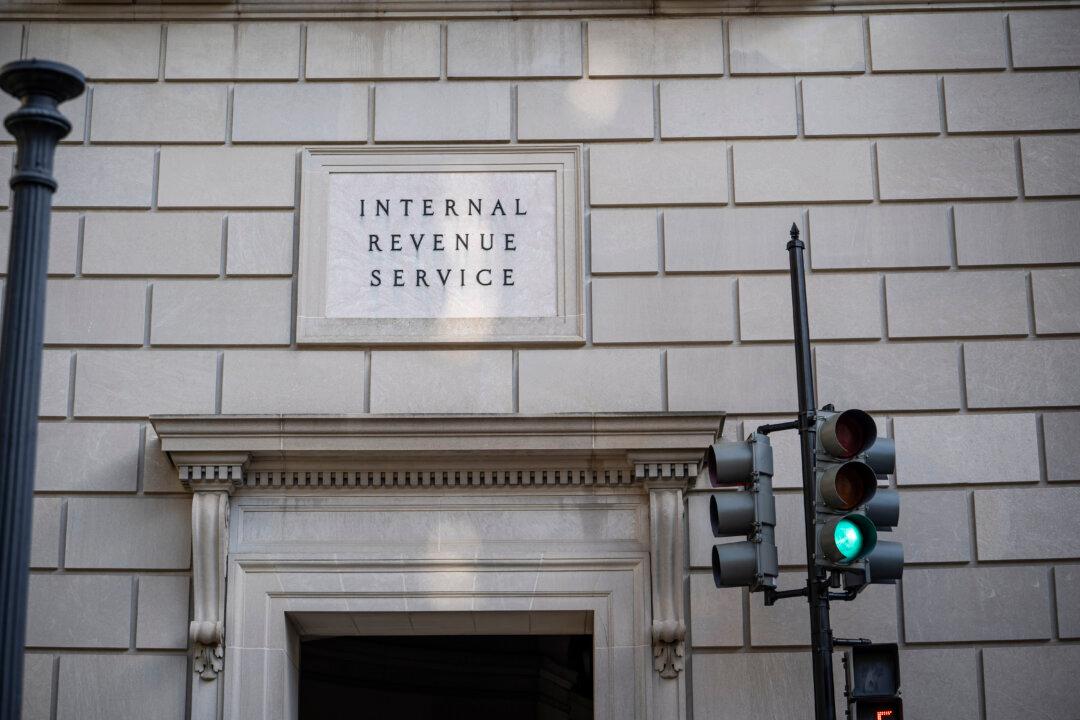The U.S. manufacturing sector expanded in May, according to two separate sets of U.S. factory performance gauges, which diverged in the details. But both gauges show hiring difficulties and inflationary pressures weighing on economic activity.
Any reading higher than 50 reflects expansion, while a number lower than that represents a contraction.
“This figure indicates expansion in the overall economy for the 24th month in a row after a contraction in April and May 2020,” said Timothy Fiore, chair of the ISM Manufacturing Business Survey Committee.
Like the ISM data, any readings higher than 50 represent growth, although the S&P Global figures are expressed as natural numbers, not percentages.
“A solid expansion of manufacturing output in May should help drive an increase in GDP during the second quarter, with production growth running well above the average seen over the past decade," said Chris Williamson, chief business economist at S&P Global Market Intelligence.
“However, the rate of growth has slowed as producers report ongoing issues with supply chain delays and labor shortages, as well as slower demand growth.”
Employment
The two surveys also painted somewhat differing pictures on the employment front. While the ISM Employment Index not only fell from month to month, but also dipped into contraction territory, the S&P Global data show firms stepping up their hiring activity.According to ISM, employment in the manufacturing sector contracted, with its Employment Index falling to 49.6 percent in May from 50.9 in April, the lowest reading since November 2020, when it hit 48.1 percent.
“Challenges with turnover (quits and retirements) and resulting backfilling continue to plague efforts to adequately staff organizations, but to a slightly lesser extent compared to April,” Fiore said.
Prior to last month’s drop, the ISM Employment Index had expanded for eight months in a row.
“Employment levels, driven primarily by turnover and a smaller labor pool, remain the top issue affecting further output growth,” Fiore said.
Inflation
Both surveys were in alignment in reporting that cost inflation and supply constraints weighed on U.S. manufacturing activity, although here, too, there was divergence in the data.The pace of cost inflation in May rose to its fastest in six months, according to S&P Global, with firms passing on higher costs to customers in the form of a near-record rise in factory-gate prices.
Despite a drop in delivery delays in May, cost burdens edged up with rising energy, wage, and transportation costs.
“The result was the steepest rise in costs since November, feeding through to yet another near-record factory gate price increase and serving as a reminder that inflationary pressures remain worryingly elevated,” Williamson said.
By contrast, while the ISM data also show elevated cost pressures on firms, there was some softening in price pressures from month to month. The ISM Price Index came in at 82.2 percent in May, down from 84.6 in April, although still a historically elevated number reflective of high-cost inflation.
“May was a second straight month of slight easing of prices expansion, but instability in global energy markets continues. Surcharge increase activity appears to be stabilizing across all industry sectors,” ISM’s Fiore said.
Some panelist comments supported the view that inflation continues to bedevil U.S. manufacturing.
“Input costs, particularly grain, oil, dairy, and protein, are rising faster than can be passed along at retail and food service, with no relief in sight,” an executive in the food, beverage, and tobacco Products sector told ISM.
An executive in the plastics & rubber products sector said: “Price increases haven’t let up. I thought 2022 was going to be better, but it hasn’t been. Shortages (among other issues) are still disrupting the supply chain.”
While the ISM data suggest that inflationary pressures may have peaked, the S&P Global suggests that there’s more upside for cost inflation.
But since it typically takes time before a drop in business input prices is felt by consumers, inflation appears likely to persist for a while longer.





